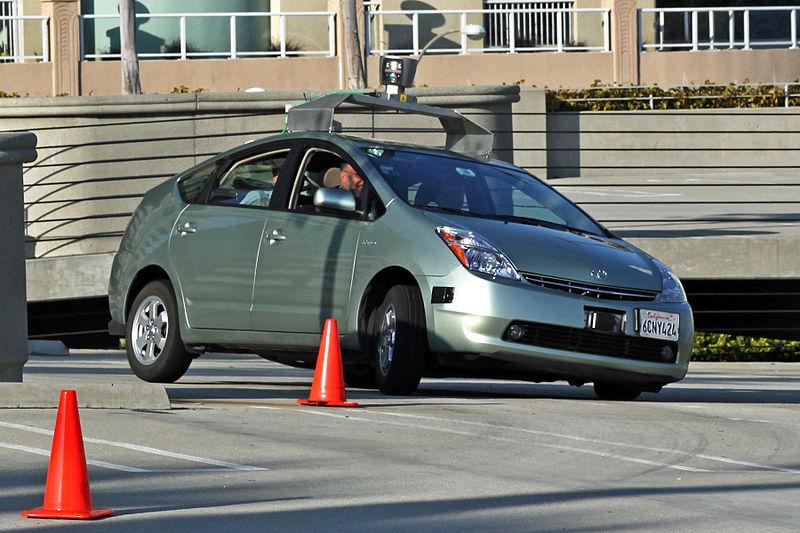
Automobile Magazine has named automation its trend for 2014, motivated in part by the announcement of a new $6.5 million automated car test track under development at the University of Michigan. Ford, Volkswagen, Mercedes and other top car brands have delved into the automated car business. While you can’t head down to your local dealership and purchase a driverless vehicle just yet, automakers are betting that you will be able to do so in the not-so-far-off future, and that we’ll soon be testing a driverless Volkswagen in Phoenix, Tampa Bay, San Diego, among other cities. Meanwhile, catch up on some of the trends you’re likely to see in today’s and tomorrow’s cars.
Trends in Driverless Cars and Automation
If you’re in the market for a new car these days, you just may find that the vehicles on your list feature one or more of these automation trends, as Technology Review and The Wall Street Journal highlight:
- Adaptive driving assistance – Vehicles like the Ford Fusion dip a toe into the driverless car pond with features like adaptive cruise control and lane-keeping technologies. These features help keep your car within the lane boundaries or maintain safe driving distance using radar, mirrors and cameras, yet can be overridden by the driver.
- Parking and navigation aids – Features like a navigation system or a parallel parking assist help drivers, while maintaining driver agency. These cars won’t park themselves or drive themselves, but they do connect the driver to more information for easier driving. In-car cameras improve the mirror-view experience by letting you see just how close you are to the curb or that car behind you.
- Automated test cars – From Google’s driverless cars to Mercedes Benz’s autonomous research car, you may be sharing the road with a driverless vehicle. These cars do have a driver in the wheel who can take over if the automated vehicle becomes confused by an unpredictable driver, pedestrian or rotary. Until these cars can think like humans and correctly react to the randomness inherent in driving, they won’t become mainstream.
- Crashless cars – While you won’t see these on the road anytime soon, crashless cars will someday become a reality. At present, IBM is partnering with European automakers including Continental to create technology that will keep driverless vehicles from crashing.
What This Means for Drivers Everywhere
As Will Knight notes in Technology Review, the mass-produced automated car is still many years away. The main reason for this: The unpredictability of the very act of driving. As a driver, you consciously filter, process and act upon information including weather, visibility, your car’s performance (maybe the brake pads need work or you know your car lacks pickup on hills), the behavior of other drivers and your past experience driving that stretch of road. The type of technology it would take to enable an automaton to process and act upon the same degree of information just isn’t there yet.
At present, the weather presents an interesting barrier to driverless cars: The computer components that make automated cars work cannot withstand the freezing temperatures of winter. Even temperate climates do experience cold temperatures that flummox the chipsets and motherboards in these cars. Until the technology can present a safe driving experience year-round, you’ll have to wait to pick up a driverless car at your nearby dealer.
Photo Credit: Creative Commons/Flckr user jurvetson (Steve Jurvetson)



















